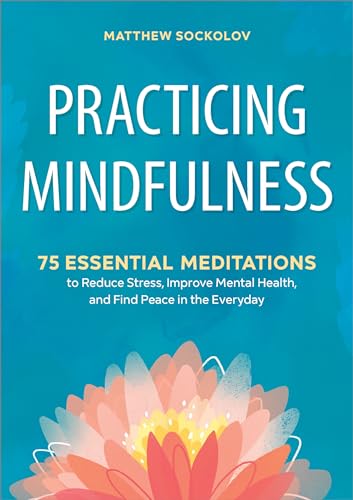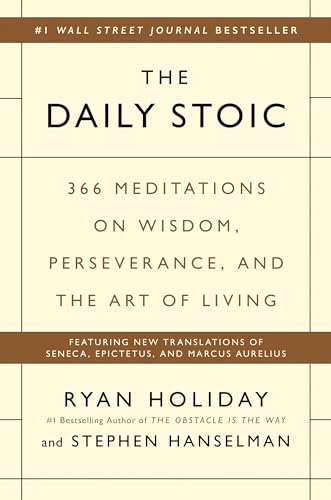Meditation prayer combines mindfulness and spiritual intention, fostering inner peace and connection with a higher power through focused contemplation.
Many people confuse meditation with prayer, but they serve distinct purposes. While both practices foster spiritual connection, their methods and intentions differ significantly. This article explores their unique roles in personal growth and divine communication.

Defining Meditation and Prayer
Meditation focuses on mindfulness and inner stillness. Prayer involves active communication with a higher power. These practices often complement each other in spiritual routines.
What Is Meditation?
Meditation emphasizes present-moment awareness. Practitioners often use techniques like:
- Focused breathing exercises
- Mantra repetition
- Body scanning
- Visualization techniques
Many traditions incorporate third eye chakra stones to enhance meditative focus. The practice aims to quiet mental chatter rather than engage in dialogue.
What Is Prayer?
Prayer represents conscious communication with the divine. Common forms include:
| Type | Purpose |
|---|---|
| Intercessory | Requesting help for others |
| Thanksgiving | Expressing gratitude |
| Petitionary | Asking for personal needs |
| Contemplative | Seeking divine wisdom |

Historical Context and Traditions
Different cultures have developed unique approaches to these practices over centuries.
Eastern Meditation Practices
Buddhist meditation techniques emphasize:
- Vipassana (insight meditation)
- Metta (loving-kindness practice)
- Zazen (seated meditation)
These methods often incorporate specialized meditation tools to support practice.
Western Prayer Traditions
Christian prayer forms include:
- The Lord’s Prayer
- Rosary recitations
- Charismatic prayer
- Lectio Divina (sacred reading)
As noted in Billy Graham’s teachings, Christian meditation differs from Eastern practices by focusing on scriptural contemplation.
Neurological and Psychological Effects
Scientific research reveals distinct benefits from each practice.
Meditation’s Impact
Studies show meditation can:
- Reduce cortisol levels by 30%
- Increase gray matter density
- Enhance emotional regulation
- Improve attention span
Prayer’s Benefits
Research indicates prayer may:
- Lower blood pressure
- Reduce anxiety symptoms
- Increase pain tolerance
- Foster social connection
Practical Integration
Many spiritual seekers combine both practices effectively.
Combining Practices
A blended approach might involve:
- Beginning with centering meditation
- Transitioning to prayerful communication
- Closing with silent contemplation
Some practitioners use guided prayer apps to structure their practice.
Choosing Your Approach
Consider these factors when deciding:
- Personal spiritual beliefs
- Specific emotional needs
- Time availability
- Physical environment
Common Misconceptions
Several myths persist about these practices.
Myth 1: Meditation Requires Emptying the Mind
Most traditions actually teach observation of thoughts rather than elimination. Even focused meditation uses anchors like breath or mantras.
Myth 2: Prayer Must Follow Formal Structure
As the Psalms demonstrate, authentic prayer ranges from spontaneous cries to carefully composed hymns. The heart attitude matters more than form.
Enhancing Your Practice
Simple adjustments can deepen both meditation and prayer.
For Meditation
Try incorporating:
- Essential oils like frankincense
- Singing bowls for sound vibration
- Comfortable seating supports
For Prayer
Consider adding:
- Journaling to track insights
- Prayer beads for focus
- Sacred spaces for consistency

